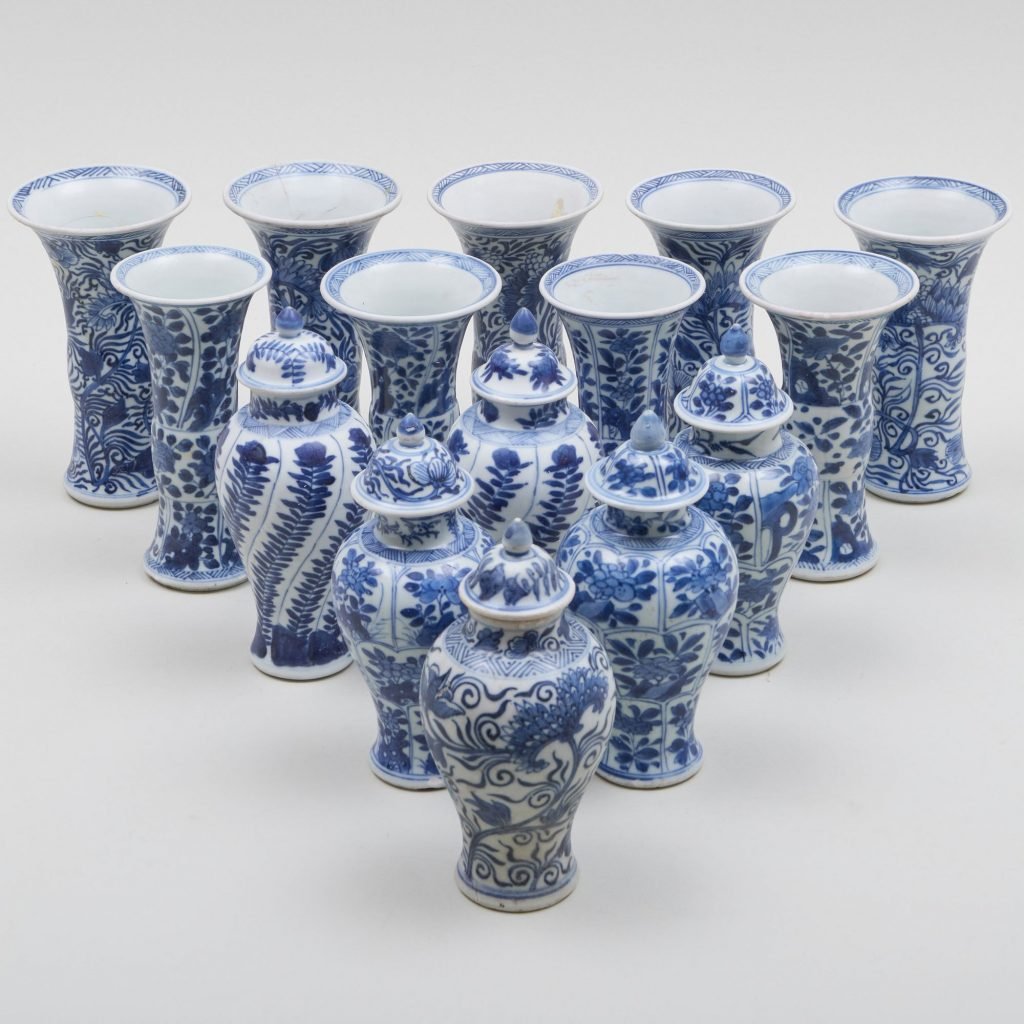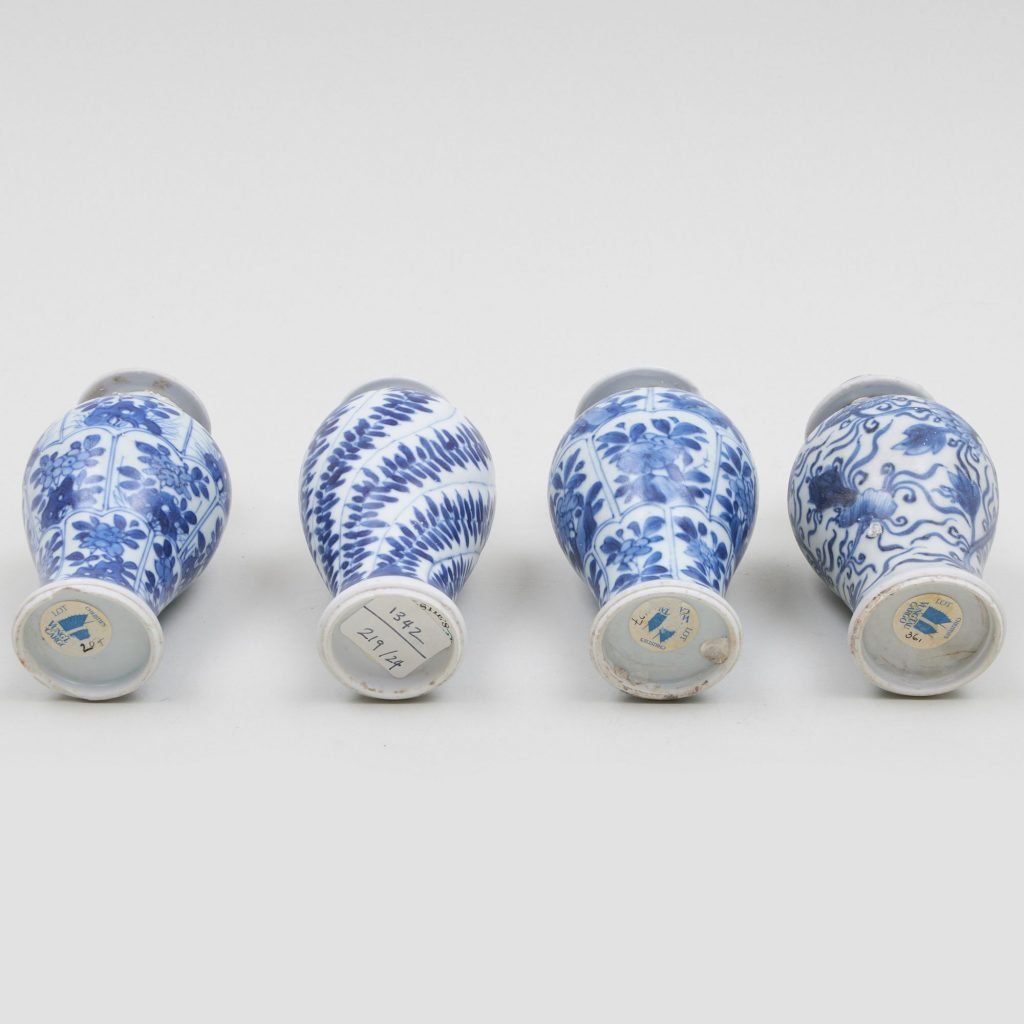Collectibles
Chinese Porcelains Recovered From Centuries-Old Shipwreck Head to Auction
The porcelain vessels spent over 300 years at the bottom of the South China Sea.

Trawling the seabed near the south coast of Vietnam in 1989, a Vietnamese fisherman stumbled upon the remains of the wreck of a ship that was traveling from China to Jakarta when it sunk some three centuries before. Among the haul, which included everyday items like bamboo combs, tweezers, and dice, were a whopping 48,288 pieces of Qing dynasty porcelain. In Jakarta, traders of the globe-spanning Dutch East India Company had planned to transport the vessels to Holland. Some 28,000 were sold at a 1992 Christie’s auction in Amsterdam, their likely planned destination, for a total of $7.3 million.
Now, on October 10, a group of 20 of these vases, with all their historic resonance, is being offered in an online auction at Stair Galleries, in Hudson, New York, which handles traditional furniture and fine art. Ranging between five to eight inches-high and displaying intricate floral patterns typical of traditional Chinese pottery, the group bears a very modest high estimate of $1,200.

Courtesy STAIR.
The “Vung Tau Cargo,” so called for the Vietnamese coastal city of Vũng Tàu, near which it was discovered, has had a notable history since it was raised from its watery grave by the state-owned Vietnam Salvage Corporation in a joint venture with none other than the famed Swedish treasure hunter Sverker Hallstrom.
As for the porcelain booty that wasn’t auctioned off at Christie’s Amsterdam in 1992, some went to Hallstrom’s personal collection, other pieces to the Vietnamese government. Others still fell into the hands of Alberto Pinto, a Parisian photographer and interior designer of Jewish-Moroccan origin, who acquired them at Sotheby’s in 1999. Pinto would then sell the 20 vessels now being offered at Stair at another Christie’s auction in 2006.
“Wear consistent with age and use,” the company’s online listing notes of the condition of the pieces, dryly enough in view of their history. It notes that five of the beakers have chipped rims, repairs or hairline cracks. Four of the vases and covers have some chips in the rims or feet, a few of them large. “Otherwise in good condition,” said the house.

Courtesy STAIR.
“Some trademarks of ‘cargo porcelain’ have a somewhat cloudy appearance and in some cases encrustations of marine life,” said Lauren Anderson, director of exposition sales at Stair, adding that the cargo was “very fashionable with interior designers” like Pinto. Throughout his life but especially after becoming wealthy and successful, Pinto was known as a passionate collector of antique tableware, acquiring cutlery, porcelain, and linen from both Europe and Asia. (His collection also includes furniture, statues, and a sizable survey of Impressionist paintings, including Édouard Vuillard’s 1921 Lucien Guitry.)





